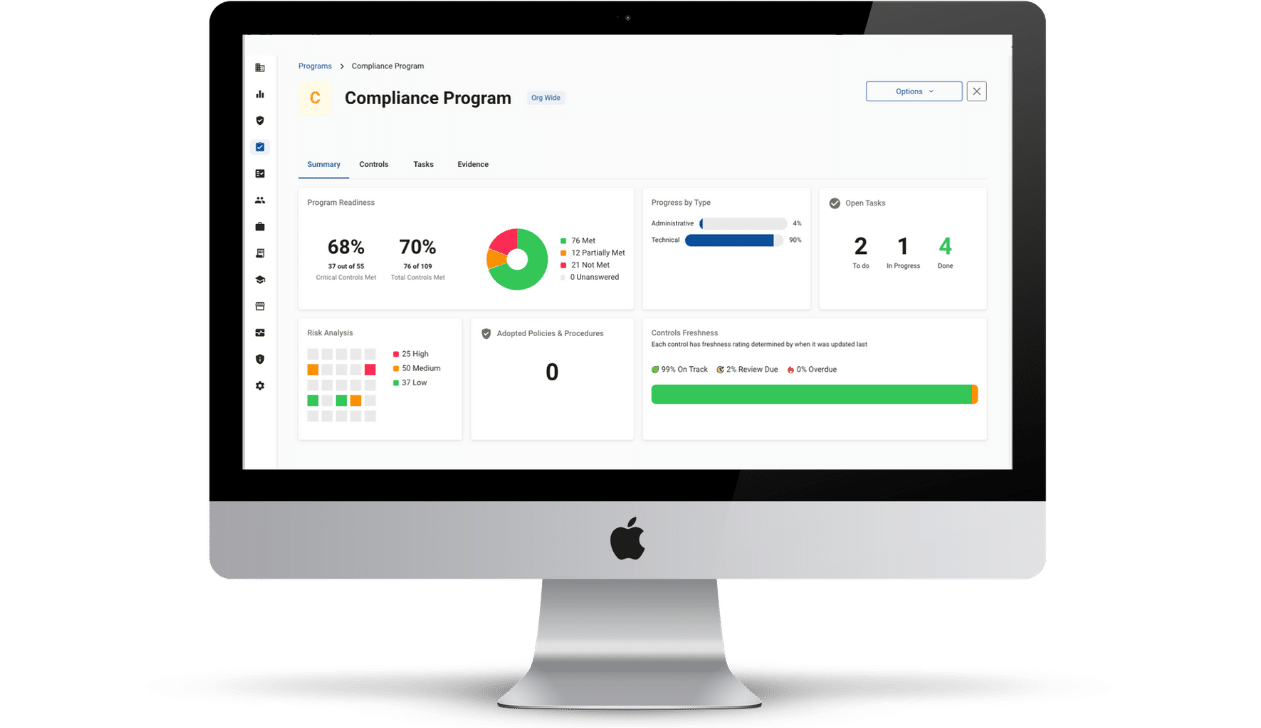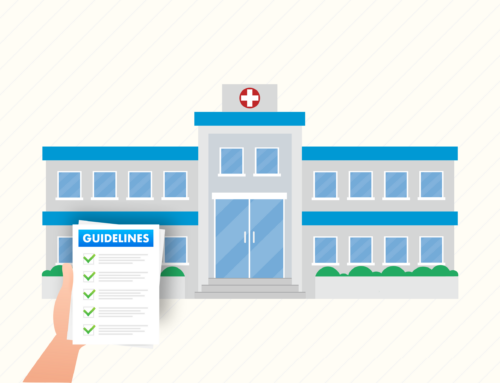What’s Unchanged with the Cal OSHA ETS Revision?
Some things have not changed with the update.
- The Cal OSHA Emergency Temporary Standard continues to apply to all employees not covered by Cal/OSHA’s Aerosol Transmissible Diseases Standard or employees working alone or at home.
- The revised Cal OSHA ETS still requires employers to establish, implement, and maintain a COVID-19 Prevention Program (CPP) and update their CPP to reflect Cal/OSHA’s latest changes. Employees must be re-trained on up-to-date COVID-19-related information, including the employer’s policies and procedures, COVID-19 prevention, and benefits to which employees may be entitled, among other things.
- The Cal OSHA Emergency Temporary Standard continues to define standards for various COVID-19-related protocols that employers must follow, including making testing available in certain situations, requiring face coverings for certain employees, excluding COVID-19 cases from the workplace, and investigating potential exposures and “outbreaks.”
- Employers must still provide face coverings for employees not fully vaccinated and any vaccinated employees upon request.
What’s New with the Cal OSHA ETS Revision?
There have been several changes to Cal OSHA ETS to provide more clarity and guidance to employers on implementing COVID-19 safety standards.
Face Coverings
Here are a few key changes in the Cal OSHA Emergency Temporary Standard Revision regarding face coverings:
- The definition of an acceptable face covering has been revised to be consistent with the federal OSHA ETS.
- Employees who are exempt from the face-covering requirement due to a medical or mental health condition and who cannot wear non-restrictive alternatives must remain six feet from others and be fully vaccinated or tested weekly for COVID-19.
- Employers must follow all California Department of Public Health mask orders that are more protective than the Cal OSHA ETS.
COVID-19 Testing and Vaccination
Here are a few key changes in the Cal OSHA Emergency Temporary Standard Revision regarding COVID-19 testing and vaccination:
- The definition of the “COVID-19 test” has been aligned with the definition in the federal OSHA ETS. Cal OSHA had not issued guidance regarding these changes at press time.
- The definition of “fully vaccinated” has been revised to include additional scenarios. The “fully vaccinated” exemption has also been eliminated from certain aspects of the ETS, affecting which employees must be offered no-cost COVID-19 testing and changes to face-covering requirements for indoor screenings at the workplace and when employees utilize employer-provided transportation.
Return to and Exclusion from the Workplace
Here are a few key changes in the Cal OSHA Emergency Temporary Standard Revision regarding return to and exclusion from the workplace:
- Rules on employee exclusion and return to the workplace have been significantly changed. All employees who have close contact with a positive COVID-19 case will be required to wear masks and remain six feet apart for at least 14 days following last close contact to remain at work. Timelines on return to work following close contact have been modified.
- The exceptions for critical staffing shortages and symptoms following close contact and a negative PCR test have been eliminated.
Defining “Worksite” and COVID-19 Notification
Here are a few key changes in the Cal OSHA Emergency Temporary Standard Revision regarding the definition of “worksite” and employers’ obligation to notify employees of close contact:
- Regarding employers’ obligations to notify worksite employees of potential COVID-19 exposure, the revised Cal OSHA emergency temporary standard modifies the definition of “worksite” to match the definition in California Assembly Bill 654. The definition of “worksite” has been updated to exclude locations where an employee works by themself and locations where an employee works remotely.
- Employers must now notify (a) the authorized representative of an employee who tests positive or is diagnosed with COVID-19; (b) all employees who were in close contact with the COVID-19 case; and (c) all employees at the worksite during the exposure period. Written notification is advised along with any verbal notification.
- Notification must be made “in the manner the employer normally uses to communicate employment-related information,” which may include email or text.
Final Thoughts on the Cal OSHA ETS Revision
This overview is not intended to cover every detail of the Cal OSHA Emergency Temporary Standard revision. It is offered solely for informational purposes and is not legal advice. Specific information regarding the Cal OSHA ETS Revision can be found on the state’s website.
The regulatory waters around COVID-19 remain murky and treacherous. Healthcare providers and their business associate partners need trusted guidance to help them navigate safely through the twists and turns of this ever-changing environment. Compliancy Group is here to steer you toward achieving OSHA Compliance and make you aware of changes that keep you compliant.









